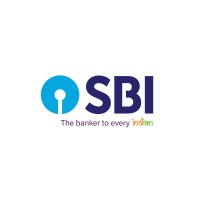
DenizBank
In 1997, DenizBank was acquired by the Zorlu Holding in the form of a banking license from the Privatization Administration. Undergoing three shareholder changes and done public offering in its short history, the Bank was acquired in October 2006 by Dexia, one of the leading financial groups of Europe. Later on, being subject to the biggest one-time investment made by Russia in Turkey, DenizBank started to serve under the umbrella of Sberbank, one of the biggest banks in the world, as of September 28, 2012. Finally, the Bank’s shares were transferred to Emirates NBD as of August 2019, again one of the leading institutions in its region.






